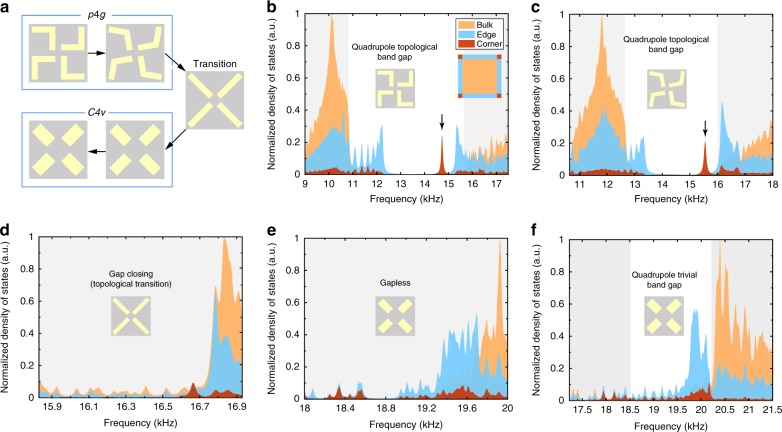Fig. 2. Topological phase transitions in the second band gap.
a Topological phase transitions induced by continuously tuning the geometry (indicated by the arrows): first decrease the arch height h to 0 (the first three structures), then reduce the length l (the fourth structure), and finally increase the width w (the fifth structure). The corresponding geometric parameters are h = 0.21a, l = 0.42a, w = 0.1a for the first structure; h = 0.15a, l = 0.42a, w = 0.1a for the second structure; h = 0, l = 0.42a, w = 0.1a for the third structure; h = 0, l = 0.25a, w = 0.18a for the fourth structure; and h = 0, l = 0.25a, w = 0.21a for the fifth structure. The first two structures have p4g symmetry, whereas the others have C4v symmetry. b–f Calculated local density-of-states for the corner, edge, and bulk regions. The densities-of-states are normalized so that the peak values in the figures are 1. Here, a.u. stands for arbitrary units. The corner, edge, and bulk regions are sketched in the inset of b. The calculations are performed on a box-shaped finite structure consisting of 10 × 10 sonic crystal unit cells enclosed by hard-wall boundaries. An air channel of width 0.25a separates the sonic crystal and the hard-wall boundaries to ensure the physical edges and corners for the acoustic waves.

